You can contact LEARNZ, part of CORE Education, at:
Postal Address:
PO Box 13 678,
Christchurch 8141,
New Zealand
New Zealand is a geologically active country and therefore has geohazards such as volcanoes, earthquakes, landslides and tsunami.
The word geohazard comes from two words:
Geo – from the word ‘geological’ meaning from the earth
Hazard – a situation that poses a risk to property, environment or life
So ‘geohazards’ means the risk of damage caused by a geological process.
New Zealand is geologically active. This is because it sits across the boundary between the Indo-Australian and Pacific tectonic plates. These moving plates create huge forces that have shaped our landscape; uplifting mountains, carving out lakes and rivers and creating our rugged coastline. These forces continue to form the land today and can also cause:
Read more: What Causes Geohazards
About 20,000 earthquakes occur every year in New Zealand, but we only feel about 250 of these. Earthquakes that are strong and close to towns or cities can cause great damage and sometimes loss of life. For this reason it is important for New Zealanders to know how to prepare for and respond safely to earthquakes.
A tsunami is a series of powerful ocean surges often caused by an undersea earthquake or landslide. Most tsunamis are similar to very strong, fast tides, rather than waves. The larger ones can travel a long way inland. Much of the damage from tsunamis is caused by the erosion from the strong currents and floating debris.
When molten material (magma) reaches the earth’s surface a volcano is formed. A volcano will erupt broken rock and magma (ash) and release steam and gases. New Zealand volcanoes such as Ruapehu, Tongariro, and White Island are often active. Ash from eruptions can spread over large distances so can affect people living a long way from the eruption. Hazards also exist close to the active vent(s).
Lahar is an Indonesian word that describes a volcanic mudflow. A moving lahar looks like a mass of wet concrete that carries rock debris. Lahars vary in size and speed and can cause widespread damage.
Eruptions may trigger lahars by quickly melting snow and ice on a volcano or ejecting water from a crater lake. Lahars are also formed by heavy rainfall during or after an eruption, when volcanic ash is washed off the volcano. Some of the largest lahars begin as landslides.
Hydrothermal systems come from volcanic activity. Geothermal activity starts when ground water is heated. Most of New Zealand’s geoothermal activity occurs in the Taupō Volcanic Zone, an area that extends from White Island to Mt. Ruapehu.
Hydrothermal activity is usually confined to hot springs, geysers and warm ground. Eruptions can occur if this activity becomes unstable. Hydrothermal processes are often acidic and can alter the nature of rocks and soils, leading to the collapse of ground which can cause damage to property and harm people. Hydrogen sulphide gas can also be emitted and if there are high levels it can be harmful.
A landslide is a movement of soil, rock and debris down a slope. Landslides often happen as a result of other natural disasters, such as earthquakes, volcanic eruptions and floods (rainfall).
Landslides are common throughout New Zealand. Serious landslides in built-up areas can cause thousands of dollars in damage and threaten lives.
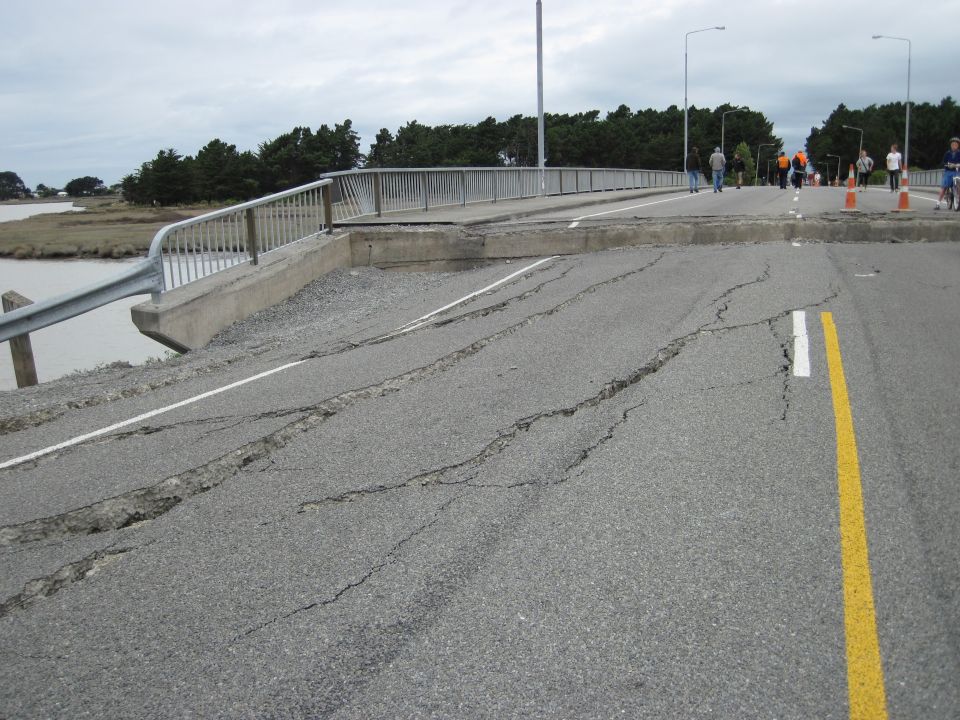
,Earthquakes are a common geohazard in New Zealand; why do you think New Zealand has so many earthquakes? Image: LEARNZ.
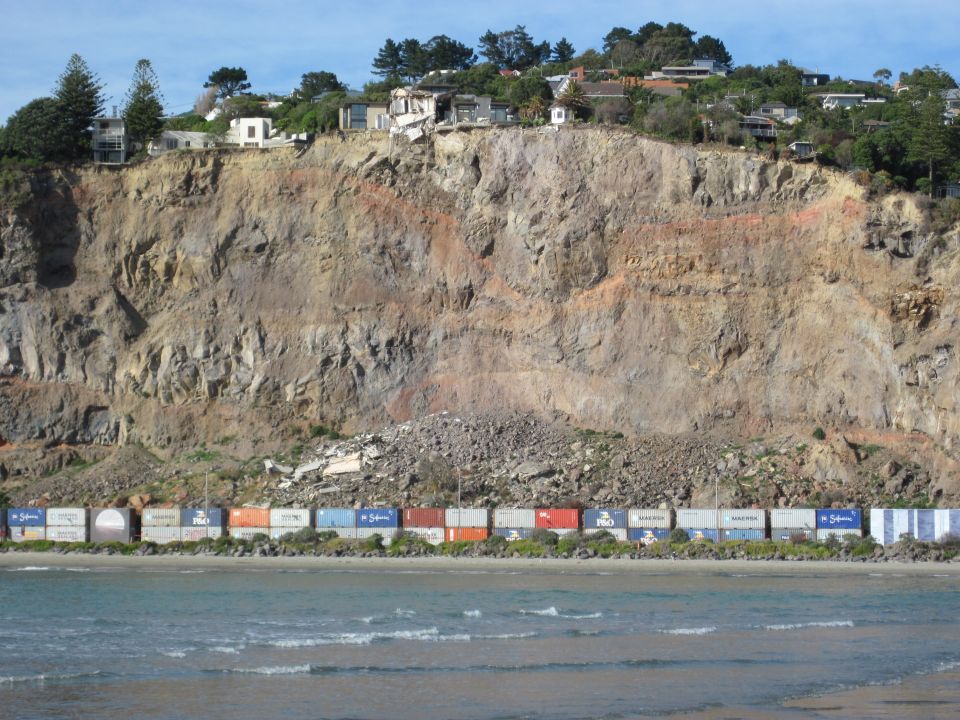
,Earthquakes can trigger rock fall or landslides. Do you know where this rock fall has occurred? Image: LEARNZ.

,Volcanoes are another type of geohazard. Do you know which New Zealand volcano this is? Image: GNS Science.
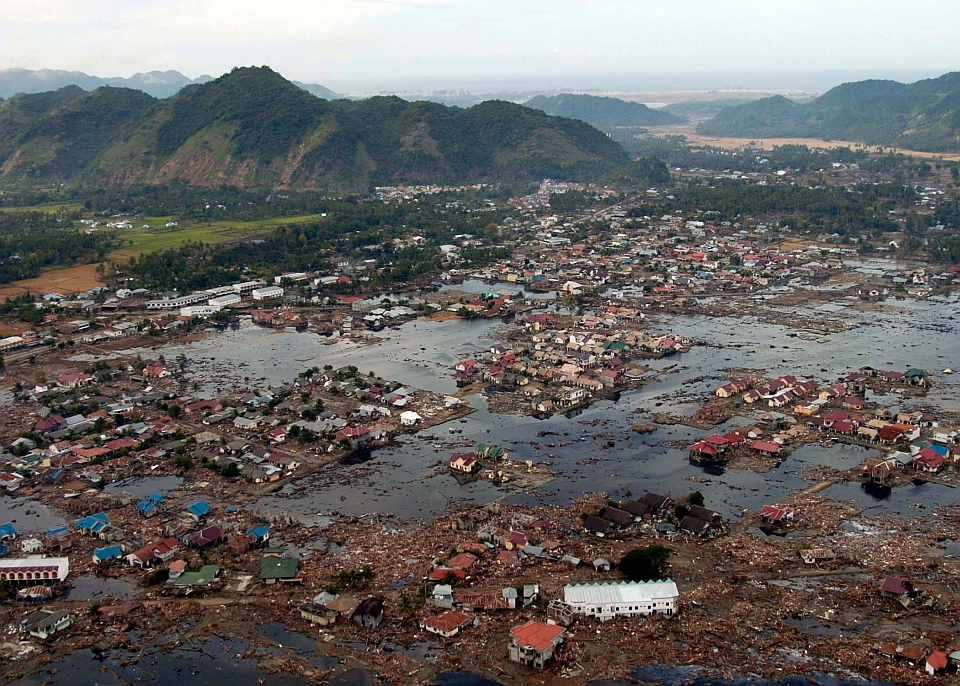
,Tsunami can cause huge damage to coastal areas. This is a village near the coast of Sumatra after the 2004 Boxing Day tsunami. What causes tsunami? Image: Public Domain.
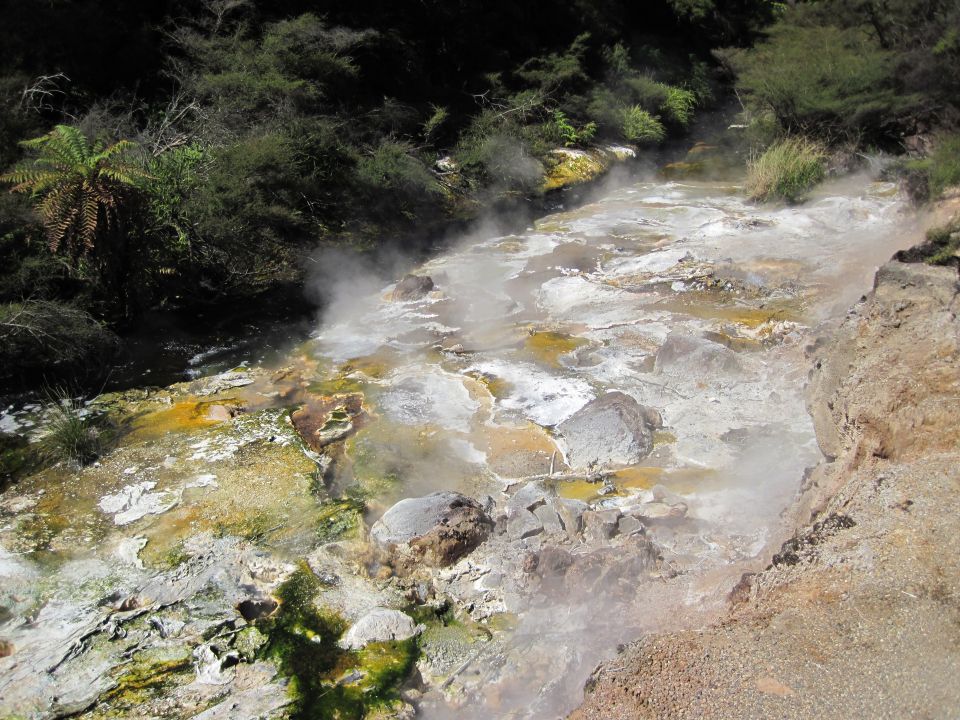
,Hydrothermal systems can be part of volcanic activity. This is the Waimangu hot springs near Mount Tarawera. How can hydrothermal activity be hazardous and how can this hazard be avoided? Image: LEARNZ.
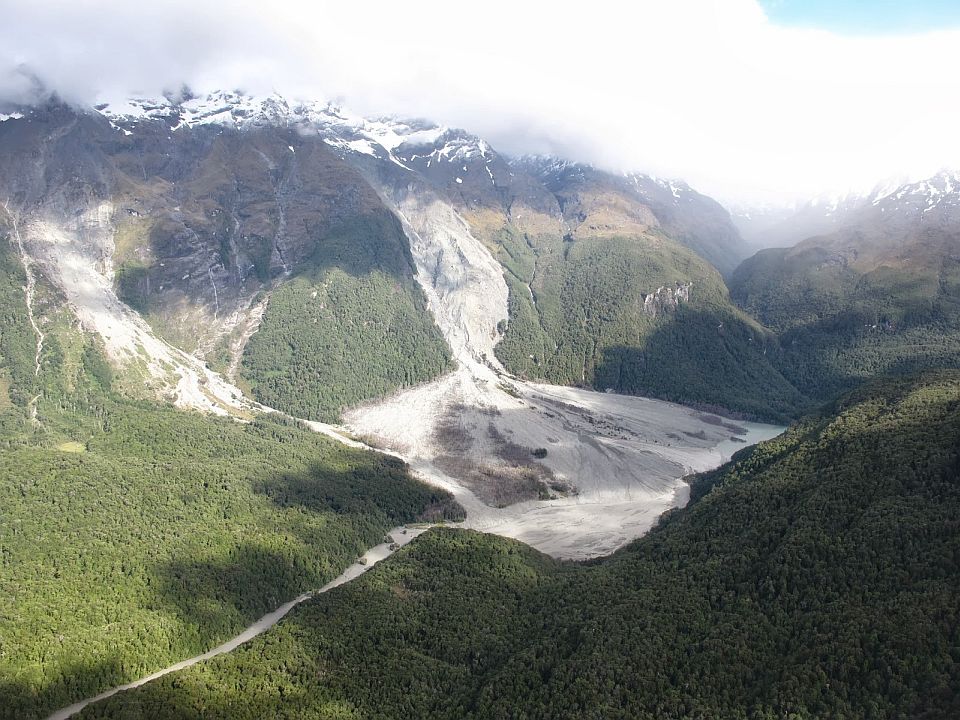
Landslides are also a common geohazard in New Zealand. This is the Dart landslide. Image: Simon Cox, GNS Science.
Take a look at the LEARNZ Geohazards field trip for more information on this topic.